Home
Mahler: Symphony No. 9 on Period Instruments
Barnes and Noble
Loading Inventory...
Mahler: Symphony No. 9 on Period Instruments
Current price: $22.99

Barnes and Noble
Mahler: Symphony No. 9 on Period Instruments
Current price: $22.99
Loading Inventory...
Size: OS
*Product information may vary - to confirm product availability, pricing, shipping and return information please contact Barnes and Noble
One may question the use of period instruments in
Mahler
's symphonies, as has been done in the "originalklang project" (lack of capitalization original) of the
Mahler Academy Orchestra
. Surely
himself, who wasn't above fooling with
Beethoven
's symphonies to bring them sonically up to date, would have wanted modern instruments if he could have had them? However, one should listen and decide for oneself. Conductor
Philipp von Steinaecker
contributes extensive and useful notes to the physical version of this release, which made classical best-seller lists in the summer of 2024. He finds a terrific
quote: "When I want to produce a soft and restrained note, I don't have it played by an instrument that produces it easily, but by one that does so with great effort and even strain, yes, often with overexertion and exceeding its natural limits. So the basses and bassoons often have to squeak on the highest notes, while the flute has to puff away down in its low register." Of course, an attentive conductor can produce these effects with modern instruments, but that gives an idea of the flavor of this recording of the
Symphony No. 9 in D major
; the notes seem aligned with the instrument's capabilities.
Steinaecker
draws influences from other historical performances, reducing vibrato to a minimum (this probably did not accord with
's own wishes) and cultivating a neutral approach. The breakup of the tracks into 30 short segments reinforces the idea of the recording as a kind of study version. Yet the biggest differences from mainstream performances lie in passages with the brass and especially the woodwinds. They deliver a good deal of
's desired squeaking, bringing a distinctively nervous quality to the earlier movements.
's strings, a partly student group, are excellent, achieving a lofty smoothness in the finale, and
Alpha
's recording work at the Gustav-Mahler-Saal in Toblach, Italy, is impressive; those with the equipment to handle it will find vast dynamic range here. This is one of those recordings that demand attention, no matter what conclusion one ultimately draws. ~ James Manheim
Mahler
's symphonies, as has been done in the "originalklang project" (lack of capitalization original) of the
Mahler Academy Orchestra
. Surely
himself, who wasn't above fooling with
Beethoven
's symphonies to bring them sonically up to date, would have wanted modern instruments if he could have had them? However, one should listen and decide for oneself. Conductor
Philipp von Steinaecker
contributes extensive and useful notes to the physical version of this release, which made classical best-seller lists in the summer of 2024. He finds a terrific
quote: "When I want to produce a soft and restrained note, I don't have it played by an instrument that produces it easily, but by one that does so with great effort and even strain, yes, often with overexertion and exceeding its natural limits. So the basses and bassoons often have to squeak on the highest notes, while the flute has to puff away down in its low register." Of course, an attentive conductor can produce these effects with modern instruments, but that gives an idea of the flavor of this recording of the
Symphony No. 9 in D major
; the notes seem aligned with the instrument's capabilities.
Steinaecker
draws influences from other historical performances, reducing vibrato to a minimum (this probably did not accord with
's own wishes) and cultivating a neutral approach. The breakup of the tracks into 30 short segments reinforces the idea of the recording as a kind of study version. Yet the biggest differences from mainstream performances lie in passages with the brass and especially the woodwinds. They deliver a good deal of
's desired squeaking, bringing a distinctively nervous quality to the earlier movements.
's strings, a partly student group, are excellent, achieving a lofty smoothness in the finale, and
Alpha
's recording work at the Gustav-Mahler-Saal in Toblach, Italy, is impressive; those with the equipment to handle it will find vast dynamic range here. This is one of those recordings that demand attention, no matter what conclusion one ultimately draws. ~ James Manheim
One may question the use of period instruments in
Mahler
's symphonies, as has been done in the "originalklang project" (lack of capitalization original) of the
Mahler Academy Orchestra
. Surely
himself, who wasn't above fooling with
Beethoven
's symphonies to bring them sonically up to date, would have wanted modern instruments if he could have had them? However, one should listen and decide for oneself. Conductor
Philipp von Steinaecker
contributes extensive and useful notes to the physical version of this release, which made classical best-seller lists in the summer of 2024. He finds a terrific
quote: "When I want to produce a soft and restrained note, I don't have it played by an instrument that produces it easily, but by one that does so with great effort and even strain, yes, often with overexertion and exceeding its natural limits. So the basses and bassoons often have to squeak on the highest notes, while the flute has to puff away down in its low register." Of course, an attentive conductor can produce these effects with modern instruments, but that gives an idea of the flavor of this recording of the
Symphony No. 9 in D major
; the notes seem aligned with the instrument's capabilities.
Steinaecker
draws influences from other historical performances, reducing vibrato to a minimum (this probably did not accord with
's own wishes) and cultivating a neutral approach. The breakup of the tracks into 30 short segments reinforces the idea of the recording as a kind of study version. Yet the biggest differences from mainstream performances lie in passages with the brass and especially the woodwinds. They deliver a good deal of
's desired squeaking, bringing a distinctively nervous quality to the earlier movements.
's strings, a partly student group, are excellent, achieving a lofty smoothness in the finale, and
Alpha
's recording work at the Gustav-Mahler-Saal in Toblach, Italy, is impressive; those with the equipment to handle it will find vast dynamic range here. This is one of those recordings that demand attention, no matter what conclusion one ultimately draws. ~ James Manheim
Mahler
's symphonies, as has been done in the "originalklang project" (lack of capitalization original) of the
Mahler Academy Orchestra
. Surely
himself, who wasn't above fooling with
Beethoven
's symphonies to bring them sonically up to date, would have wanted modern instruments if he could have had them? However, one should listen and decide for oneself. Conductor
Philipp von Steinaecker
contributes extensive and useful notes to the physical version of this release, which made classical best-seller lists in the summer of 2024. He finds a terrific
quote: "When I want to produce a soft and restrained note, I don't have it played by an instrument that produces it easily, but by one that does so with great effort and even strain, yes, often with overexertion and exceeding its natural limits. So the basses and bassoons often have to squeak on the highest notes, while the flute has to puff away down in its low register." Of course, an attentive conductor can produce these effects with modern instruments, but that gives an idea of the flavor of this recording of the
Symphony No. 9 in D major
; the notes seem aligned with the instrument's capabilities.
Steinaecker
draws influences from other historical performances, reducing vibrato to a minimum (this probably did not accord with
's own wishes) and cultivating a neutral approach. The breakup of the tracks into 30 short segments reinforces the idea of the recording as a kind of study version. Yet the biggest differences from mainstream performances lie in passages with the brass and especially the woodwinds. They deliver a good deal of
's desired squeaking, bringing a distinctively nervous quality to the earlier movements.
's strings, a partly student group, are excellent, achieving a lofty smoothness in the finale, and
Alpha
's recording work at the Gustav-Mahler-Saal in Toblach, Italy, is impressive; those with the equipment to handle it will find vast dynamic range here. This is one of those recordings that demand attention, no matter what conclusion one ultimately draws. ~ James Manheim
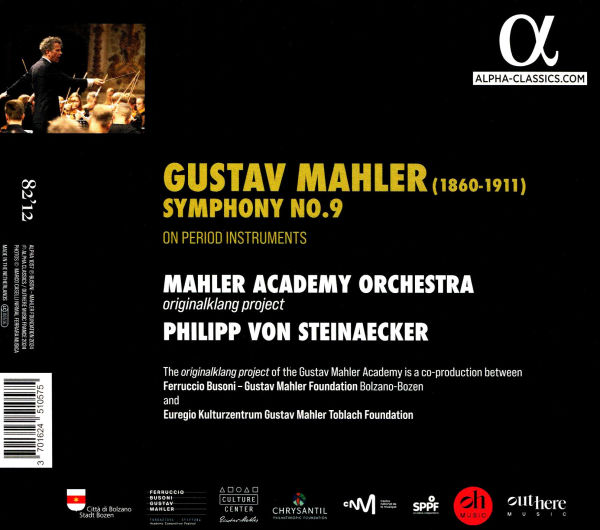
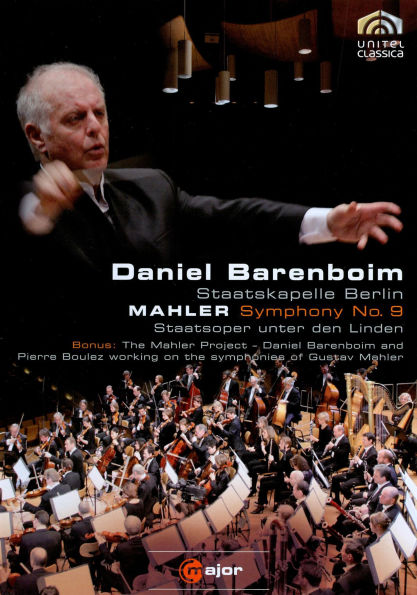
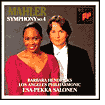

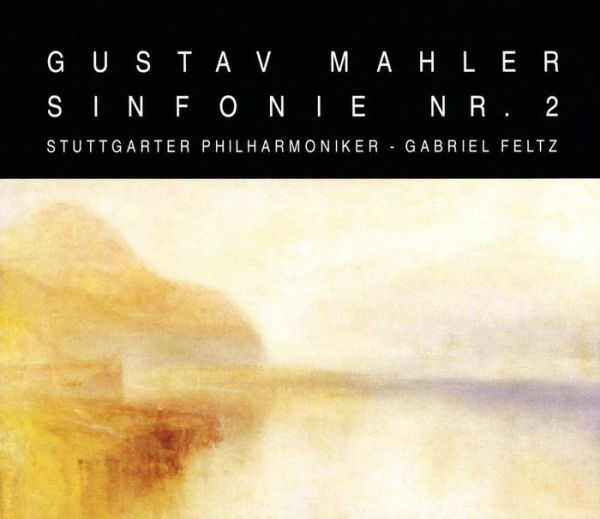


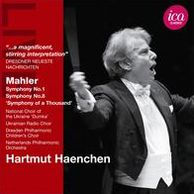
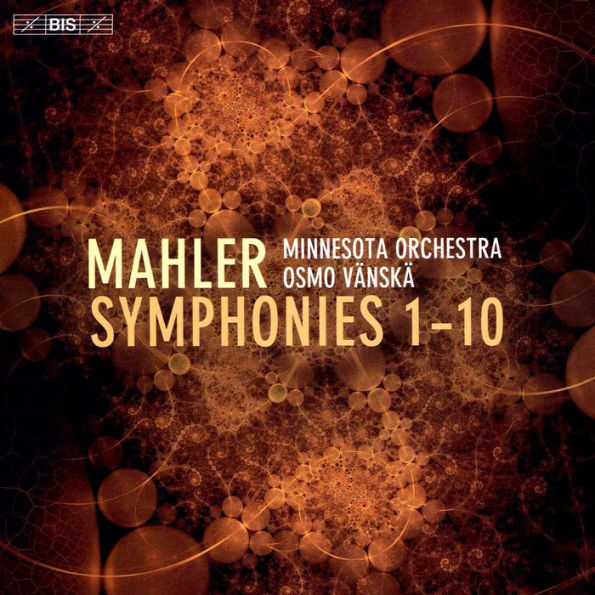
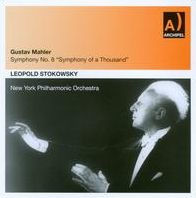
![Mahler: Symphony No. 3 [SHM-CD]](https://prodimage.images-bn.com/pimages/4988005881793_p0_v2_s600x595.jpg)
![Gustav Mahler: Symphony No.1 [SACD]](https://prodimage.images-bn.com/pimages/0810449019040_p0_v1_s600x595.jpg)






